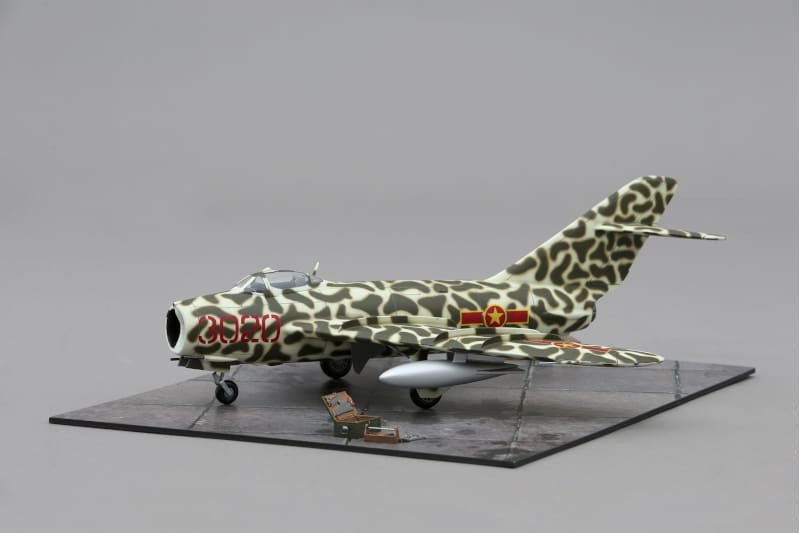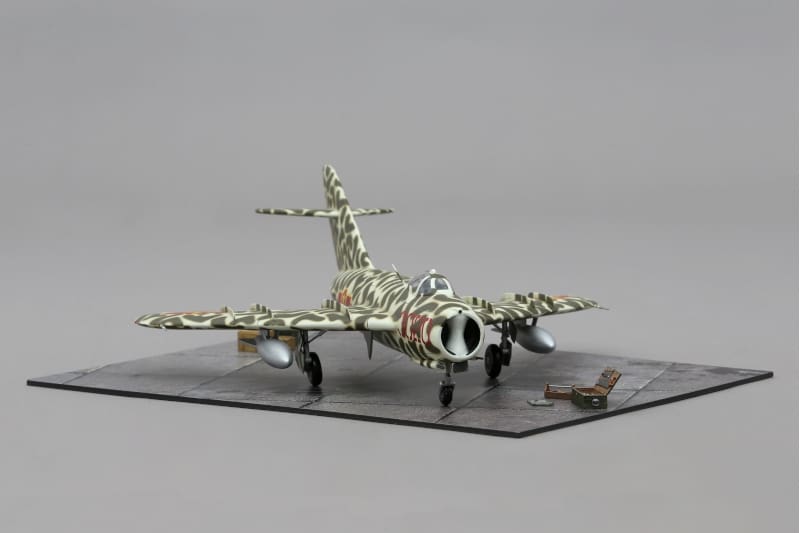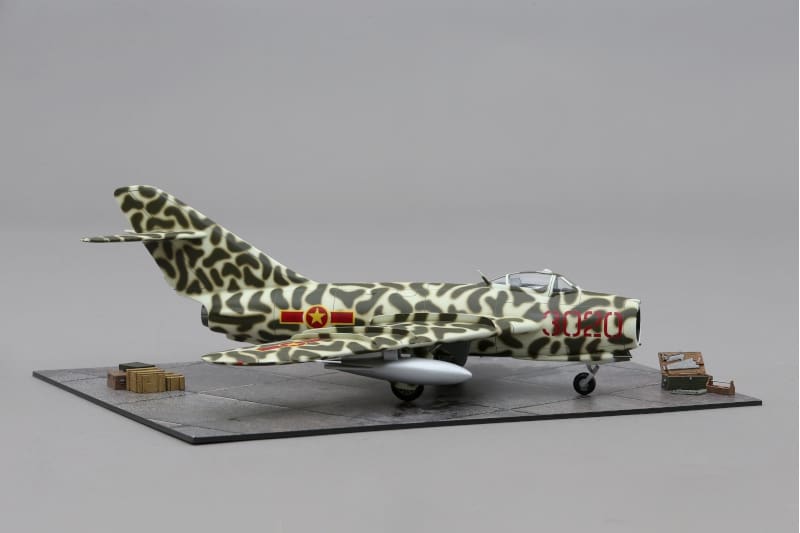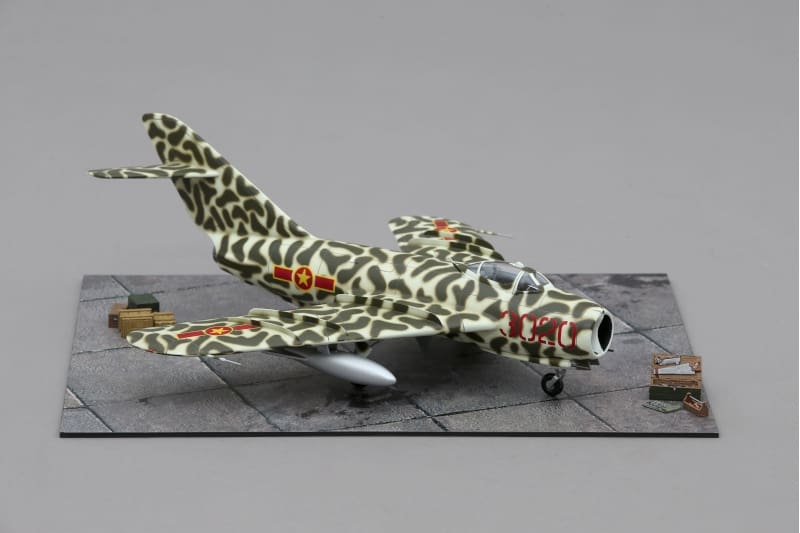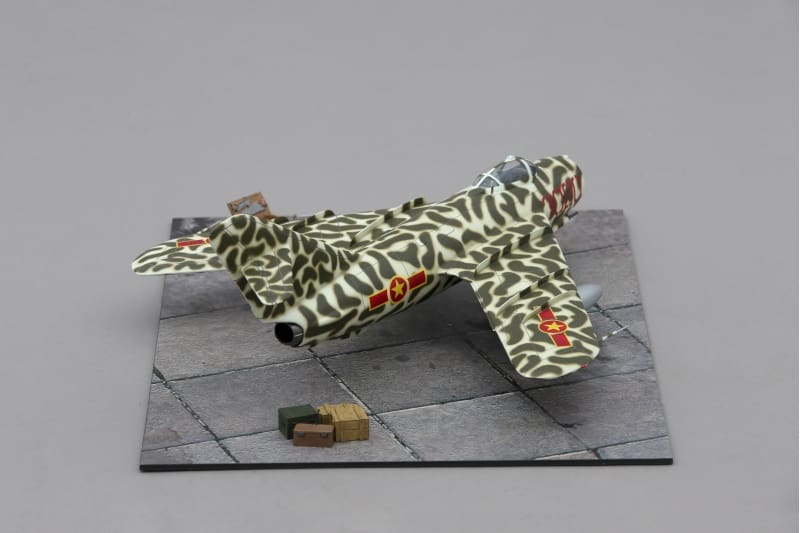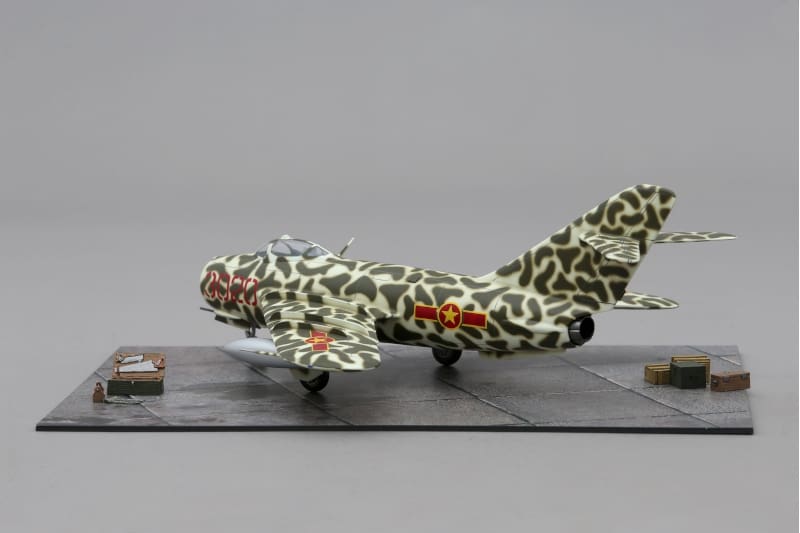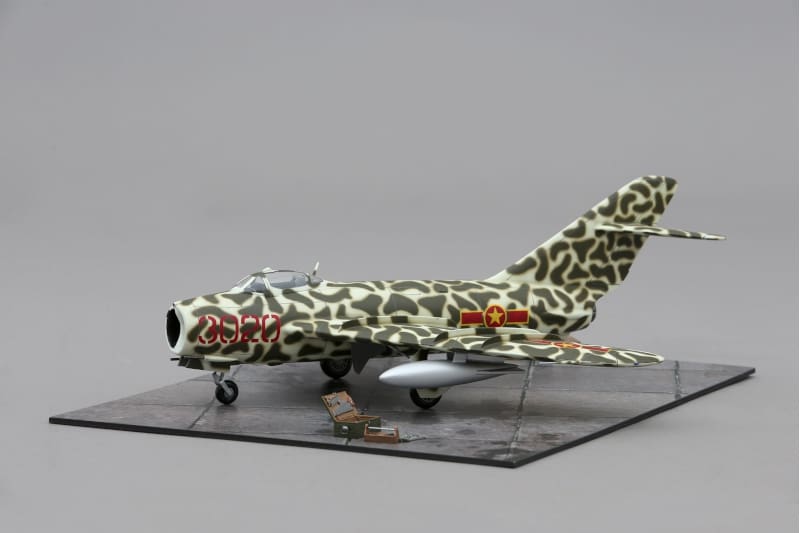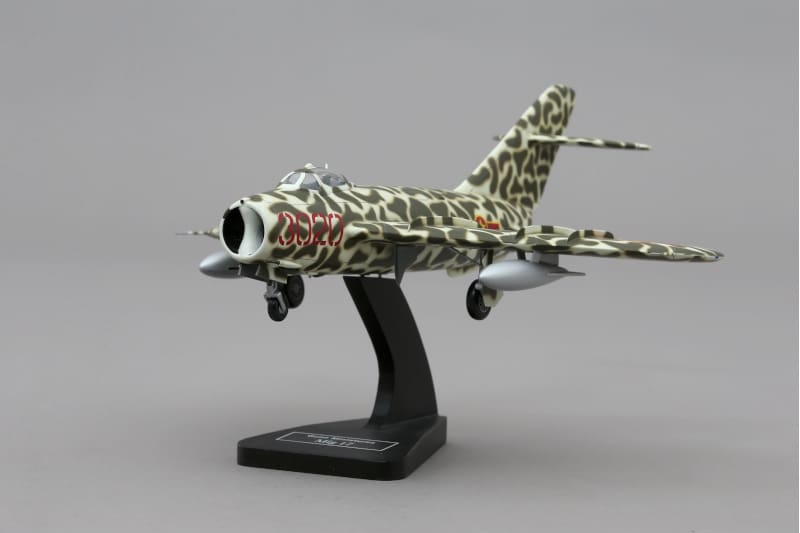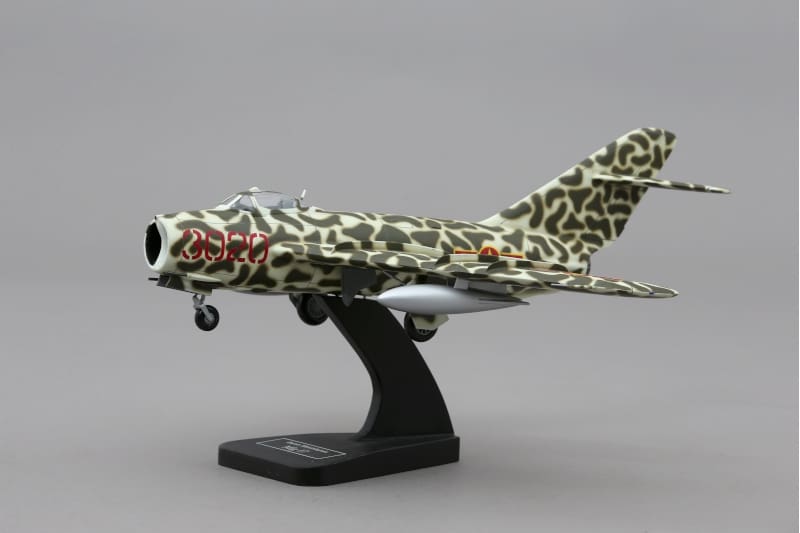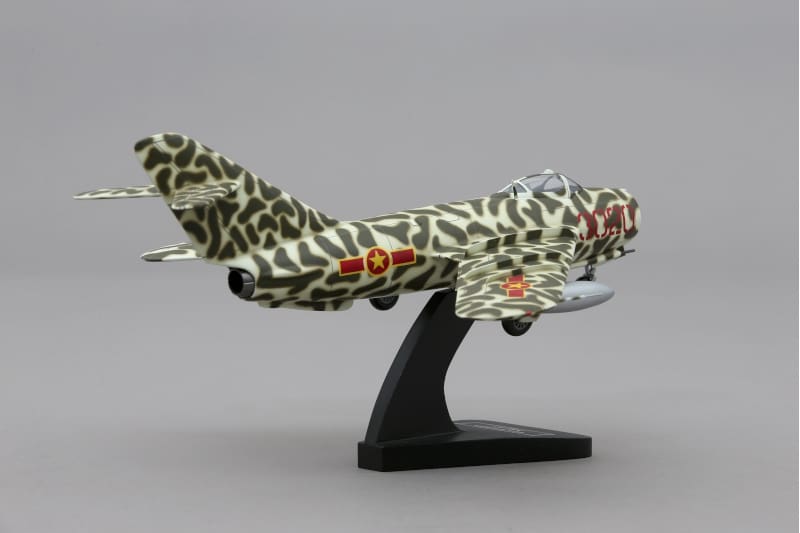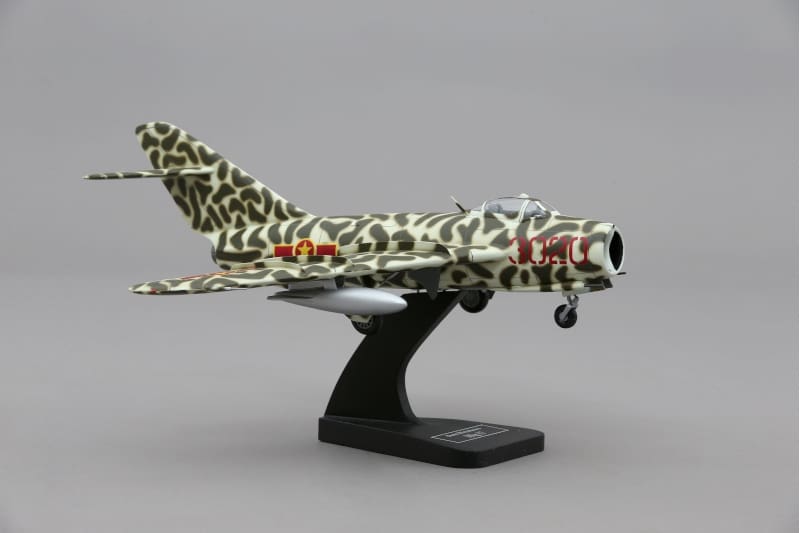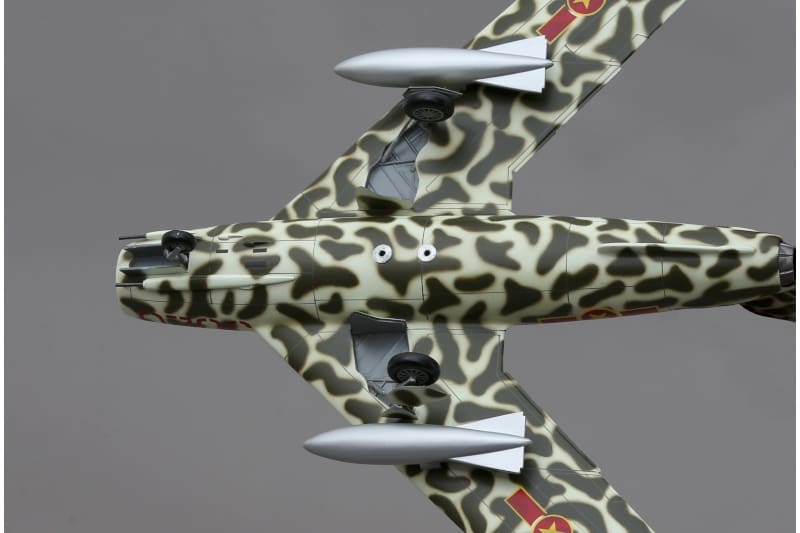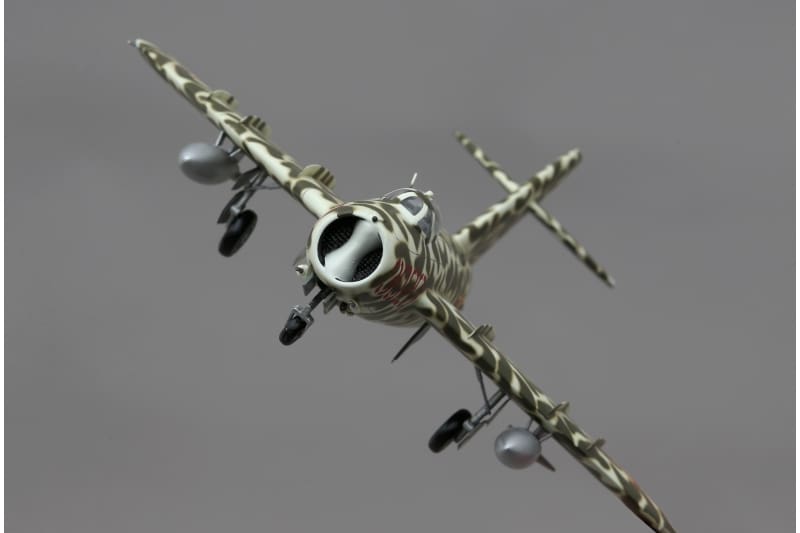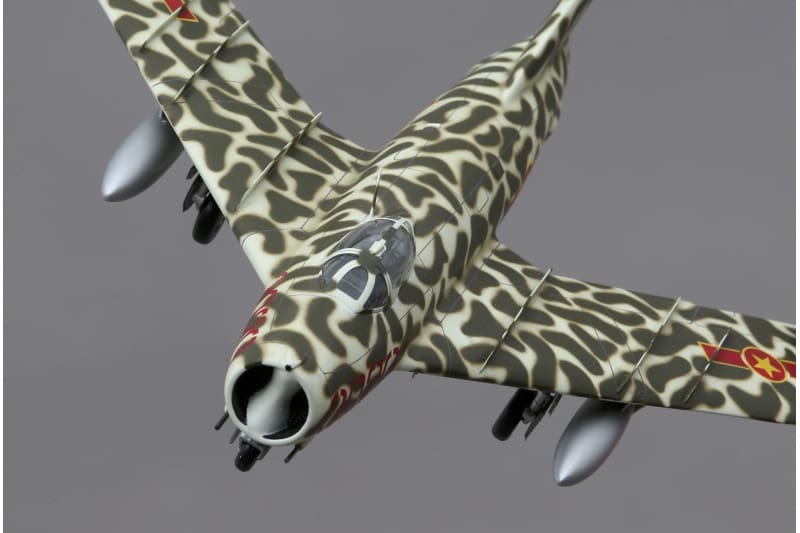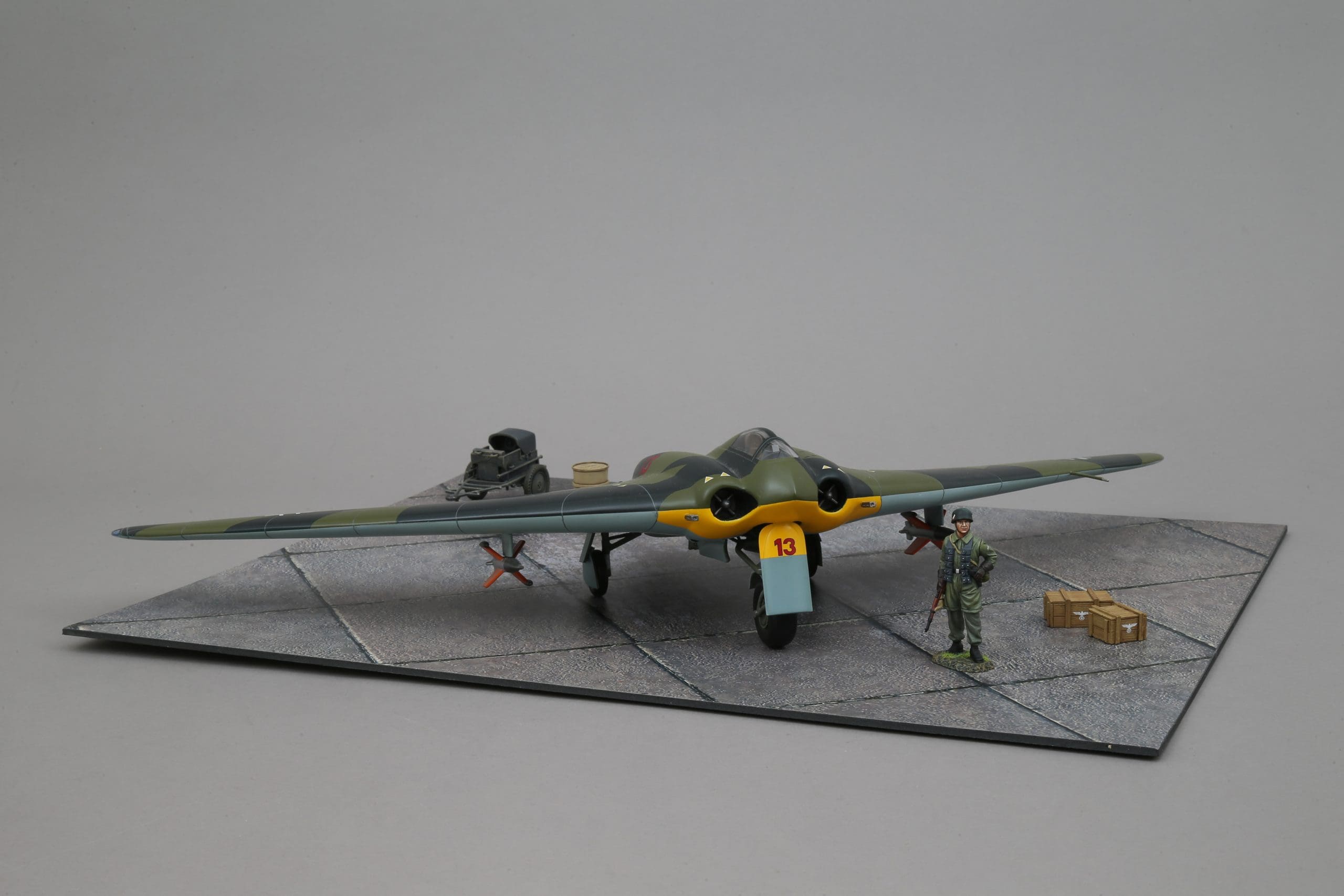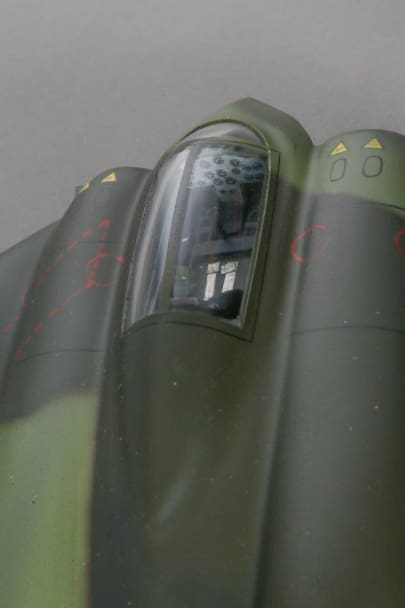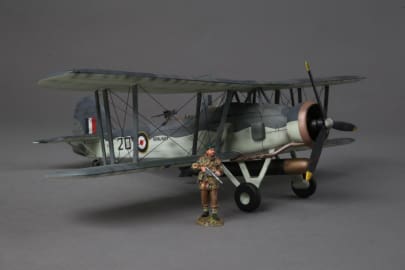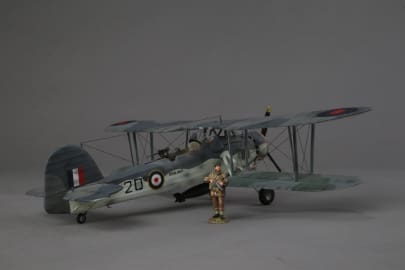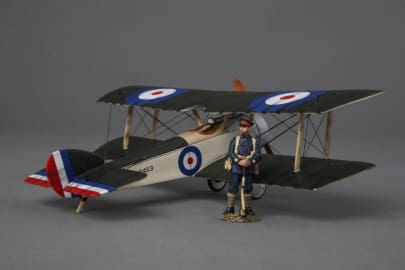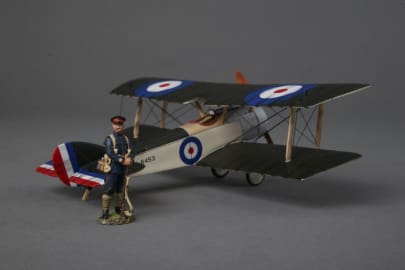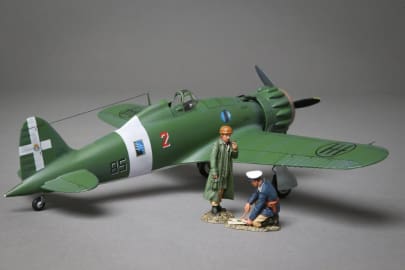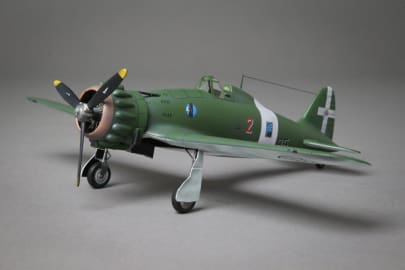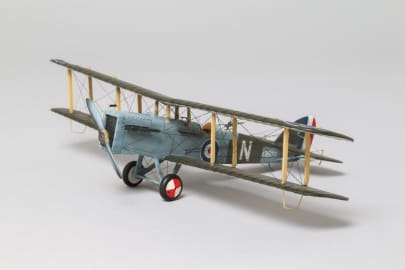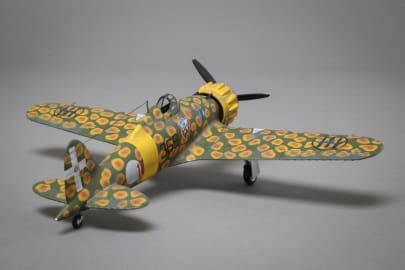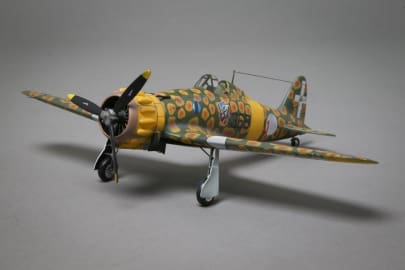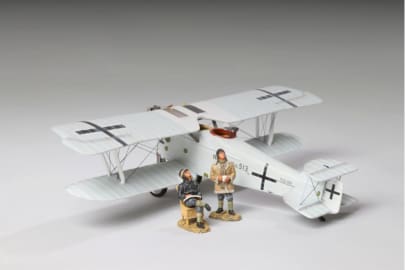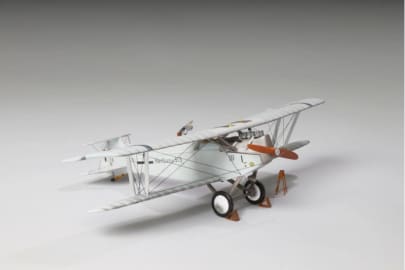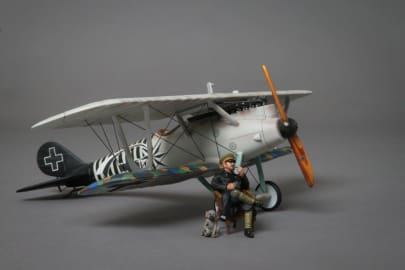First taking to the sky on January 14, 1950, with Ivan Ivashchenko at the controls, the prototype was lost two months later in a crash. Dubbed the “SI”, testing continued with additional prototypes for the next year and a half. A second interceptor variant, the SP-2, was also developed and featured the Izumrud-1 (RP-1) radar. Full-scale production of the MiG-17 began in August 1951 and the type received the NATO reporting name “Fresco.” As with its predecessor, the MiG-17 was armed with two 23 mm cannon and one 37 mm cannon mounted under the nose.
Arriving too late for service in the Korean War, the MiG-17’s combat debut came in the Far East when Communist Chinese aircraft engaged Nationalist Chinese forces over the Straits of Taiwan in 1958. The type also saw extensive service against American aircraft during the Vietnam War from April 1965 onward. The MiG-17 proved surprisingly effective against more advanced American strike aircraft. A nimble fighter, the MiG-17 downed 71 American aircraft during the conflict and led the American flying services to institute improved dog-fighting training.

